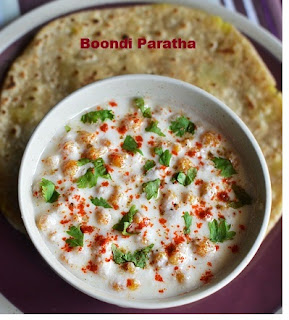The Indian Government has decided to allow 100% FDI (foreign direct investment) on marketing of food products in made in India.
Finance Minister Arun Jaitley while presenting the Union Budget 2016-17 said that 100% FDI will be allowed through FIPB (Foreign Investment Promotion Board) route in marketing of food products produced and manufactured in India.
The decision will certainly benefit the farmers. The move will also provide a boost to food processing industry in the country and generate new jobs, the minister said.
The move will enable any foreign multi-brand retailer who can procure food products made in India and market it by setting up stores.
Other Announcements in Union Budget 2016-17 for Agricultural Sector and Farmers
- 28.5 lakh hectares will be brought under irrigation under the Pradhan Mantri Krishi Sinchai Yojana.
- A dedicated Long Term Irrigation Fund will be created in NABARD with an initial corpus of about Rs 20,000 crore. To achieve all these, a total provision of Rs 12,517 crore has been made through budgetary support and market borrowings in 2016-17.
- Simultaneously a major program for sustainable management of ground water resources has been prepared with an estimated cost of Rs 6,000 crore and proposed for multilateral funding.
- At least 5 lakh farm ponds and dug wells in rain fed areas and 10 lakh compost pits for production of organic manure will be taken up by making productive use of the allocations under MGNREGA.
- The Soil Health Card Scheme is now being implemented with greater vigour. Through this, farmers get information about nutrient level of the soil and can make judicious use of fertilizers. The target is to cover all 14 crore farm holdings by March 2017. Rs 368 crore has been provided for National Project on Soil Health and Fertility. Besides, 2,000 model retail outlets of Fertilizer companies will be provided with soil and seed testing facilities during the next three years. Fertilizer companies will also co-market city compost which increases the efficacy of chemical fertilizer. A policy for conversion of city waste into compost has also been approved by the Government under the Swachh Bharat Abhiyan.
- To increase crop yields in rain fed areas, which account for nearly 55% of the country’s arable land, organic farming is being promoted. Towards this end, the Government has launched two important schemes. First, the ‘Parmparagat Krishi Vikas Yojana’ which will bring 5 lakh acres under organic farming over a three year period. Second, the Government has launched a value chain based organic farming scheme called “Organic Value Chain Development in North East Region”. The emphasis is on value addition so that organic produce grown in these parts find domestic and export markets. A total provision of Rs 412 crore has been made for these schemes.
- Rs 500 crores under National Food Security Mission has been assigned to pulses. The number of districts covered has been increased to 622.
- A national level competition will be held among 674 Krishi Vigyan Kendras with a total prize money of Rs 50 lakh to improve the efficiency and performance of these Kendras.
- The Government is implementing the Unified Agriculture Marketing Scheme which envisages a common e-market platform that will be deployed in selected 585 regulated wholesale markets. Amendments to the APMC Acts of the States are a pre-requisite to join this e-platform.
- The government allocated Rs 19,000 crore for Pradhan Mantri Gram Sadak Yojana in 2016-17.
- Special focus has been given to ensure adequate and timely flow of credit to the farmers. Against the target of Rs 8.5 lakh crore in 2015-16, the target for agricultural credit in 2016-17 will be an all-time high of Rs 9 lakh crore. To reduce the burden of loan repayment on farmers, a provision of Rs 15,000 crore has been made in the BE 2016-17 towards interest subvention.
- Government has approved the Crop Insurance Scheme, namely, Prime Minister Fasal Bima Yojana. For effective implementation of this Scheme, the govt has provided a sum of Rs 5,500 crore in the Budget 2016-17.


















































